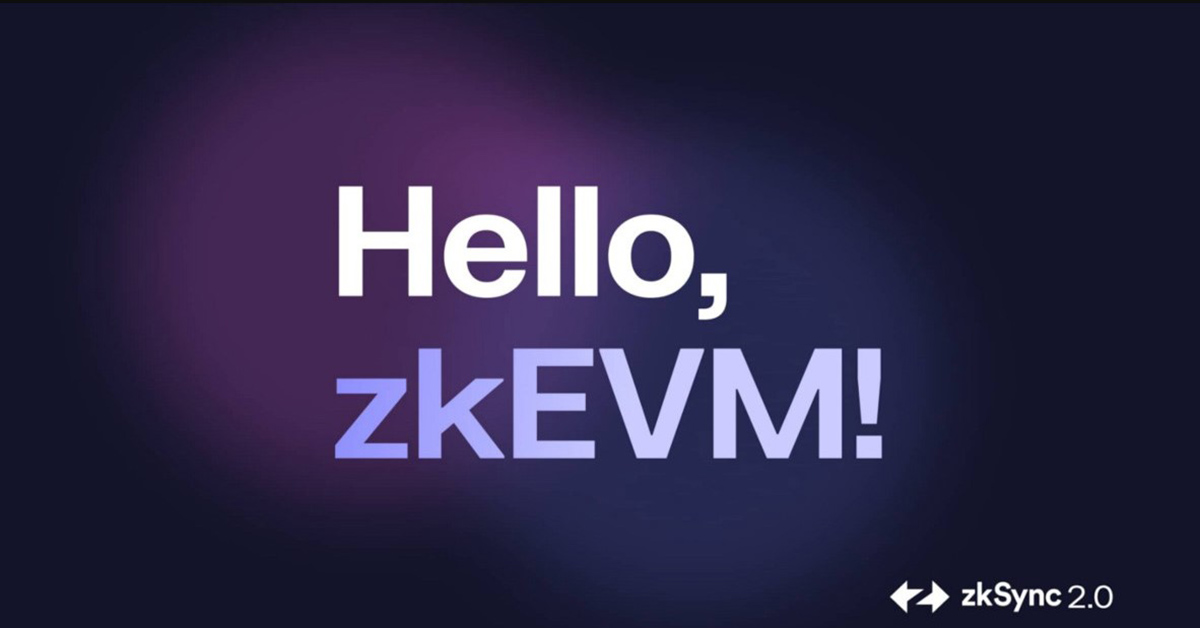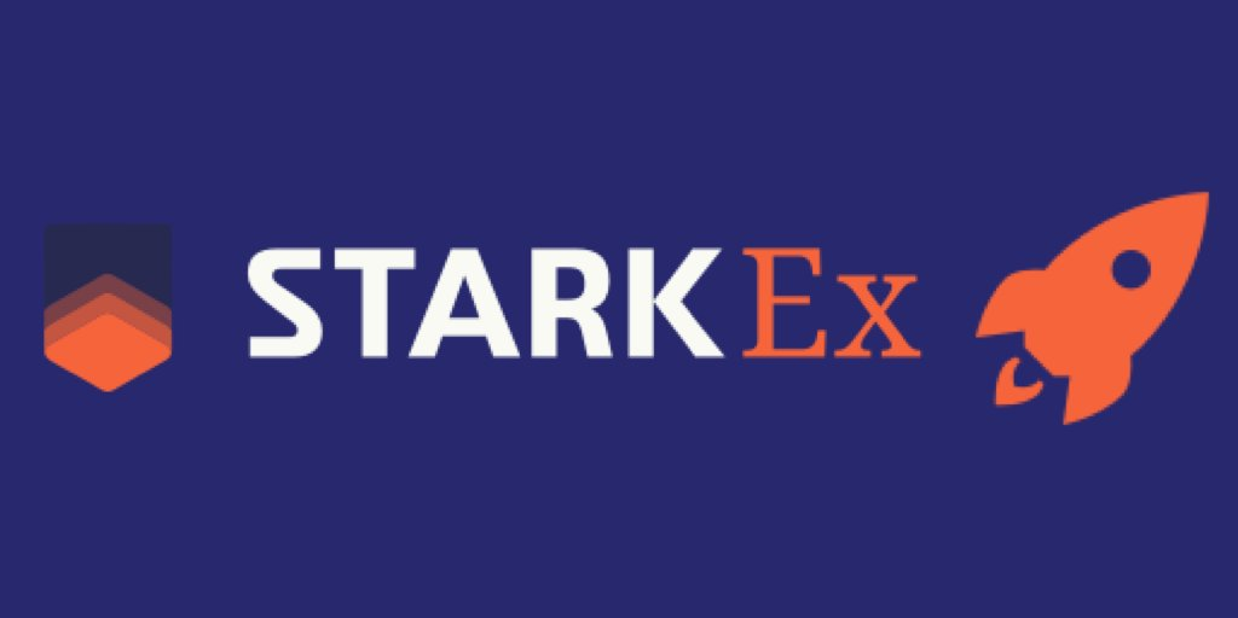What is Validium? Validium is a Layer 2 solution that addresses ongoing scaling issues on Ethereum. Similar to Zk Rollup solutions, Validium also uses Validity Proof to prove that transactions taking place on L2 are valid, but there are many differences compared to ZK Rollup solutions.
To better understand Validium, people can refer to some of the articles below:
- What is ZK Rollup? ZK Rollup Solution Overview
Validium Overview
What is Validium?
Validium is a Layer 2 scaling solution on Ethereum by taking implementation and Data Availability off-chain, thereby providing a maximum throughput of up to 9,000 TPS compared to just 1,500 – 2,000 TPS of ZK Rollup solutions. Vaidium solutions also use zero-knowledge proofs to verify the integrity of transactions that take place off-chain, but unlike ZK Rollup, Validium solutions only post transaction proofs. Translated to mainet and transactions will be stored off-chain.
User funds on the validium network are controlled by an On-chain Smart Contract on Ethereum and Validium also uses ZK Rollup technology, so this solution allows users to withdraw funds from Layer 2 and Ethereum instantly. However, in some cases withdrawals from Validium to Layer 1 may be delayed or frozen if the off-chain data manager cannot prove the user’s ownership and withdrawal rights. This is the point. weak when transaction data instead of being posted to mainet is stored off-chain.
How do Validiums interact with Ethereum?
Validium is built by some of the main components below:
- Verifier Contract: Verifier Contract is an On-chain Contract that helps verify the validity of transaction proofs (ZK Proof) sent from the Operator on Validium to Ethereum when updating the network state.
- Main Contract: Main Contract plays the role of storing state commitmens sent by Operators and updating Validium’s status after transaction proof is verified on Ethereum. Main Contract also handles deposits and withdrawals from Validium.
Settlement
All transactions are not considered completed when On-chain Contracts successfully verify the transaction proof sent from the Operator. And after successful authentication, all transactions cannot be reversed.
Security
Ethereum acts as a security layer for Validium while On-chain Contract plays a role in whether transactions on validium are approved or not. However, the weakness will lie in the fact that the data is stored off-chain, so withdrawal problems can occur in cases where the Operator takes malicious actions against the network.
Validium’s Mechanism of Action
Transaction
Users will send transactions to Operators – who are responsible for executing transactions on the Validium chain. Operators can operate under different consensus mechanisms depending on a Validium that can be Proof of Stake.
Operators will synthesize transactions into a Block sent to proof creators (Provers). Provers will verify the Block and create transaction proof (ZK Proof) for that Block.
State commitments
State commitments, roughly translated as state commitments, are a technique used to verify that the state data of a blockchain system has not been changed.
To perform network state updates, Operators must calculate the new state (after performing transactions) and send it to the Main Contract and Verifier Contract. If the Verifier Contract accepts the proof of transaction, the Main Contract will convert the old state of the network to the new state.
Deposit and Withdraw from Validium
Users can transfer money directly from Ethereum to Validium through an On-chain Contract on Ethereum, which is the Main Contract I mentioned above. The Main Contract is responsible for bringing the user’s assets from Ethereum to the address on Validium through the Operators who will also have to include this transaction in the Block.
To move money from Validium back to Ethereum, the money will be withdrawn and sent to the Operators. The Operator will validate the behavior and put it into the Block. The user’s account (wallet address) on the chain will be adjusted, after the transaction proof of that Block is verified by the Verifier Contract on Ethereum, the money will return to the address on Ethereum through the Main Contract.
In some cases, if sufficient evidence is provided, users can withdraw money directly from Validium to Ethereum without going through the Operators.
Send data to Ethereum
Unlike ZK Rollup solutions, Validium does not send the entire transaction data to Ethereum in the form of calldata but only sends the Block header, which makes Validium much faster and cheaper than even ZK Rollup. is the Optimistic Rollup.
Data Availability – Data availability
Validium platforms store data off-chain which reduces transaction fees on Ethereum by a large amount and increases transaction speeds significantly compared to ZK Rollup solutions. The biggest weakness of this model is:
- Users will not be able to withdraw money if Operators take malicious actions.
Solutions offered include:
- Decentralized Operators play a role in storing and updating network state.
- Rely on a DAC (Data Availability Committee) council which is a group of trusted, KYC-collateralized people to manage data availability for the network. Users are required to trust DAC to participate in the Validium network.
Validium EVM Compatibility

Validium platforms are not highly compatible with Ethereum, which makes it relatively difficult for Ethereum developers to transfer their Protocol or DApp to Validium because it needs to be compiled in a new programming language.
In such a context, a number of development teams are building zkEVM platforms (with various levels of compatibility) to help developers easily migrate their projects from Ethereum to Validium through through operating indirectly on zkEVM platforms.
How to Scale Validium on Ethereum
Store data off-chain
Unlike the ZK Rollup platform, Validium does not post data on-chain except for block headers, this makes Validium not incur calldata storage fees like ZK Rollup – this is a high fee accounting for 40 – 70% of the total. ZK Rollup transaction fees per Block. Therefore, transaction fees on Validium are much cheaper and along with that, transaction speed is also significantly improved.
Zk Proof
Similar to how ZK Rollup achieves great scalability thanks to Zero-knowledge technology, Validium is similar in that it ZK Proof can be evidence to prove other evidence. With ZK Proofs being able to prove other proofs, Validium can validate multiple blocks at the same time on Ethereum.
This promotes scalability for Validium platforms.
Advantages and Disadvantages of Validium
|
Advantage |
Defect |
|---|---|
|
There is no withdrawal delay, increasing capital efficiency for users. |
Creating transaction proofs requires high computing hardware which can compromise the decentralization of the Network. |
|
Gas fees are cheaper than Optimistic Rollup, even much cheaper than ZkRollup because it does not post call data to mainet. |
Users may experience suspension or freeze when withdrawing L1. |
|
Suitable for projects with specific trading or Gaming Blockchain purposes where privacy and scalability are a priority |
Lower security than ZkRollup or Optimistic Rollup. |
|
Fast transaction speed of 9,000 TPS compared to 1,500 – 2,000 of Zk Rollup. |
Not compatible with EVM at this time |
To put it simply, all L2 solutions have different advantages and disadvantages. With Validium they sacrifice some decentralization and security to get much better scalability. So Validium is usually only suitable for projects with specific goals or applications related to NFT and Gaming where fast speed and low cost are top priorities.
Note, Validitum only compromises part of the security, not all.
For example, with Optimistic Rollup and ZkRollup solutions, they will post call data (block containing all transactions) and transaction evidence to mainnet, while Validium only posts transaction evidence to mainnet.
What is Volidium?
Volidium is a combined solution between both Validium and Zk Rollup. Volidium allows users to convert changes between Validium and ZK Rollup in necessary cases. Because there will be cases where decentralization and security are a priority, you can choose Zk Rollup, but when finished, you can convert back to Validium to increase transaction speed and reduce transaction costs.
Outstanding Projects Using Validium/Volidium
StarkWare

StarkWare is currently one of the leading companies in ZK Rollup, Validium and Volidum for various projects and is currently valued at $8B. StarkWare uses Zero-knowledge technologies for various extensibility purposes such as:
ZK Rollup for Starknet – more of a Layer 2 platform, helping projects build and develop on top with high transaction speed, low fees but still ensuring security or decentralization from Ethereum .
Immutable X is a project specializing in NFT and Gaming built on Validium technology provided by StarkWare. Besides Immutable , ApeX – Perpeual Crosschain Platform and finally rhino.fi – a project that improves the approach to DeFi on Ethereum in an easy and convenient way.
zkPorter
Developed by Matter Labs, the company is also building ZkSync. zkPorter is a product that directly competes with StarkWare’s StarkEx, but compared to StarkWare, there are currently not many parties applying zkPorter to their products.
Summary
Validium is a scaling solution suitable for projects specializing in Trading or Gaming with faster scalability and cheaper transaction costs than the Zk Rollup solution.


